Home » 9 Budget-Friendly Packaging Options for Small Businesses
9 Budget-Friendly Packaging Options for Small Businesses
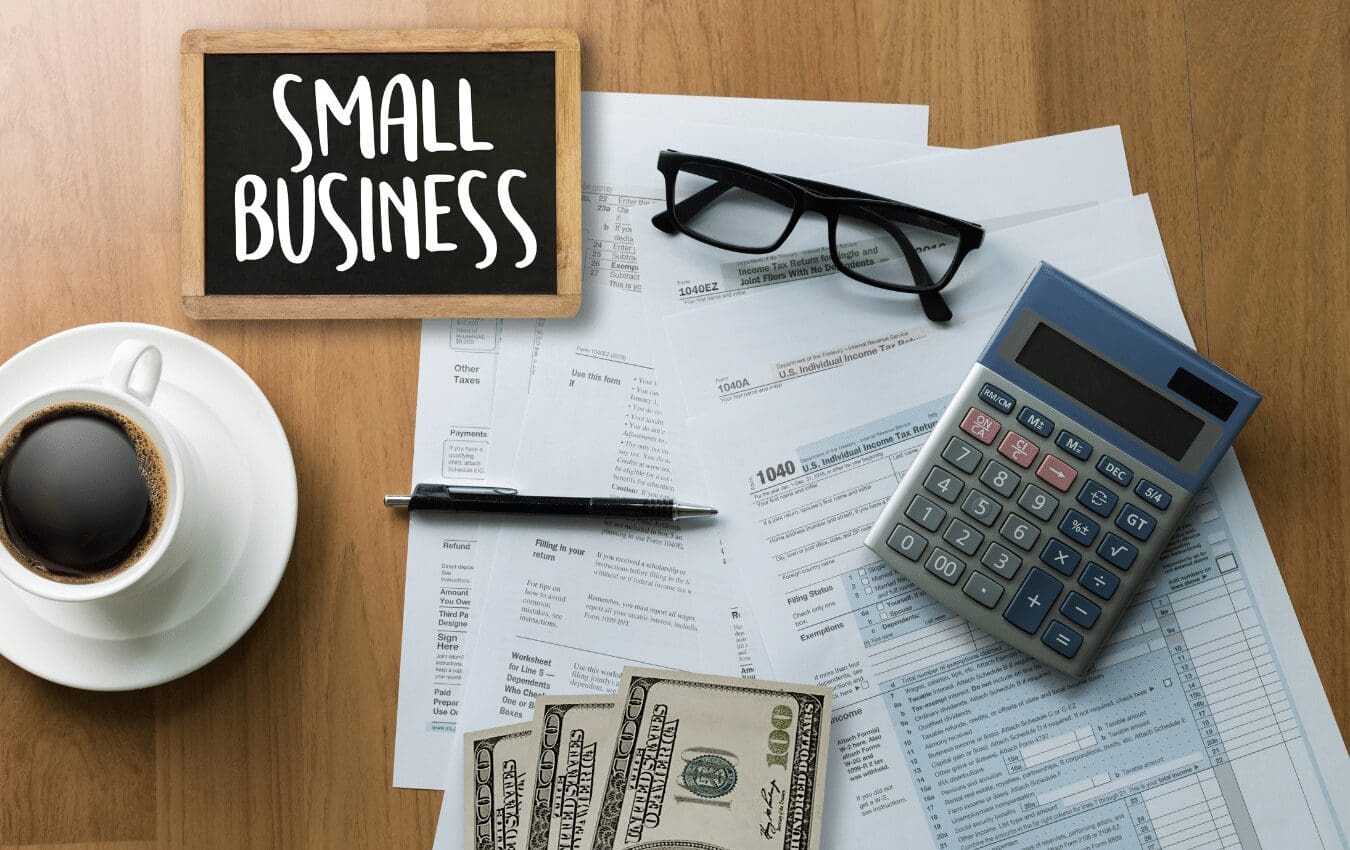
Packaging plays a crucial role in the success of a product. It not only protects the product from damage but also serves as a medium to communicate with the customers. However, packaging can also be expensive, especially for small businesses with a limited budget.
9 Budget Friendly Options
In this blog, we will explore budget-friendly packaging options that can help small businesses save money without compromising on quality.
Utilize Reusable Packaging
Instead of focusing solely on recyclable materials, consider using packaging that can be reused multiple times. For example, using sturdy and reusable fabric bags or containers can provide value to customers and reduce the need for new packaging for each purchase. Reusable packaging not only saves money in the long run but also promotes sustainability.
Keep It Simple
While flashy packaging designs can be appealing, they can also be expensive to produce. Keeping packaging simple not only saves money but can also be an effective way to communicate with customers. Simple packaging designs are also easier to produce, reducing labor costs. For example, plain brown paper bags can be an inexpensive yet effective way to package products.
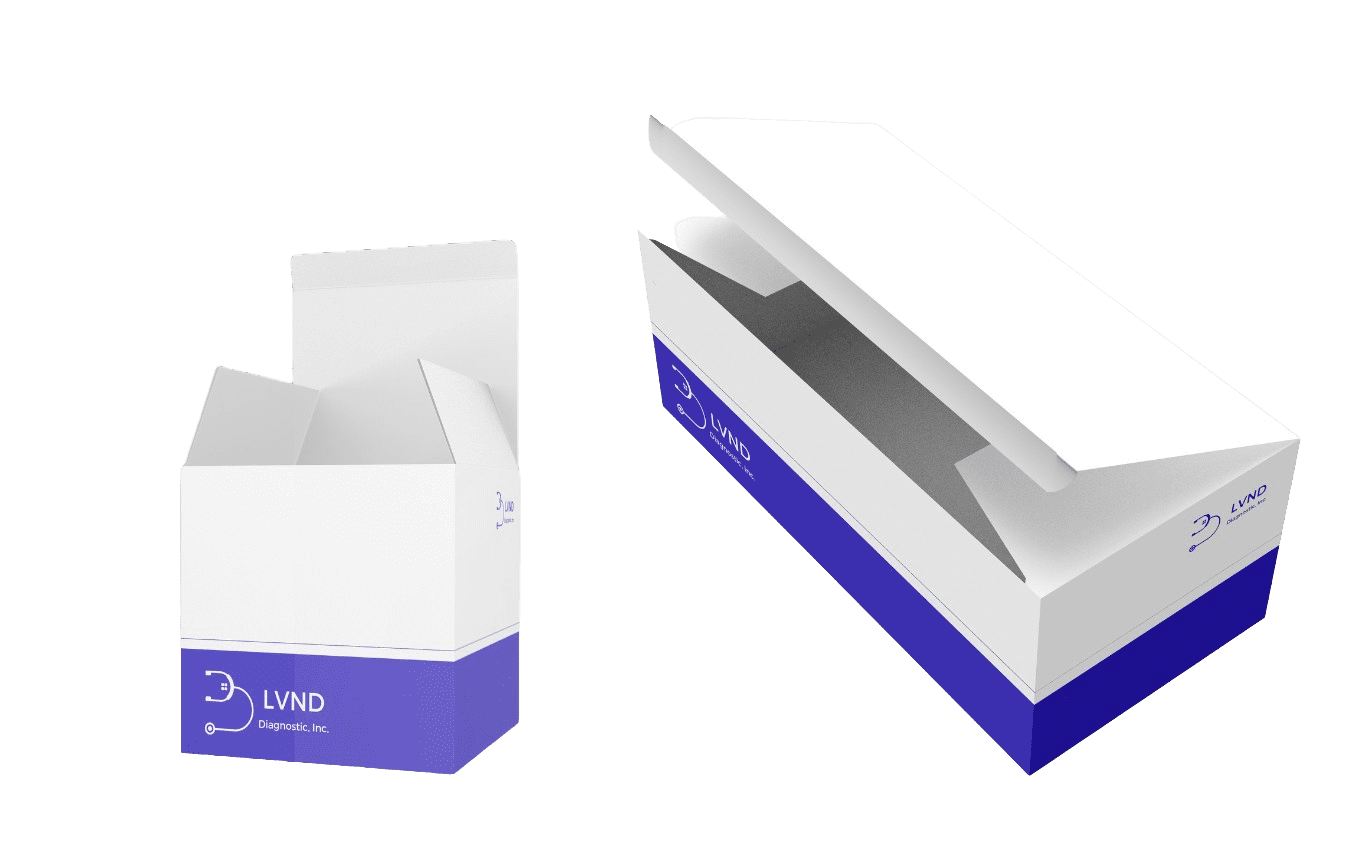
Bulk Ordering
Buying packaging materials in bulk can help businesses save money in the long run. Many suppliers offer discounts for bulk orders, which can help reduce the cost per unit. Bulk ordering also reduces the number of orders that need to be placed, saving time and resources.
Use Standard Sizes
Custom packaging can be expensive, especially for small businesses. Using standard sizes for packaging can help reduce costs. Standard sizes are readily available, and suppliers often offer discounts for bulk orders. Additionally, using standard sizes can also reduce shipping costs, as they are more efficient to transport.
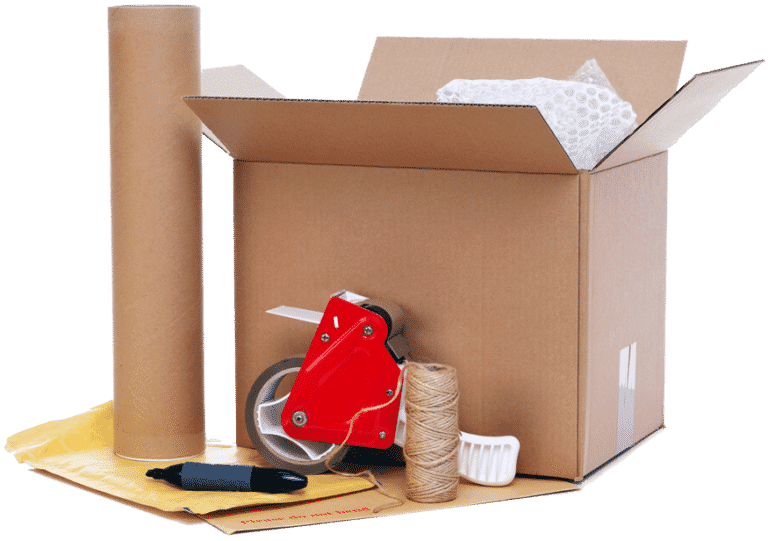
Use Minimalist Labeling
Another way to keep packaging costs low is by using minimalist labeling. Instead of printing elaborate designs, consider using simple, clear labels that list the product name, ingredients, and other essential information. Minimalist labeling can be just as effective at catching customers’ attention and can help reduce printing costs.
Opt for Lightweight Materials
Lightweight materials, such as thin plastics and lightweight papers, can be a cost-effective way to package products. They are less expensive to produce and ship, and can also help reduce shipping costs. However, it is important to ensure that the materials provide adequate protection for the products.
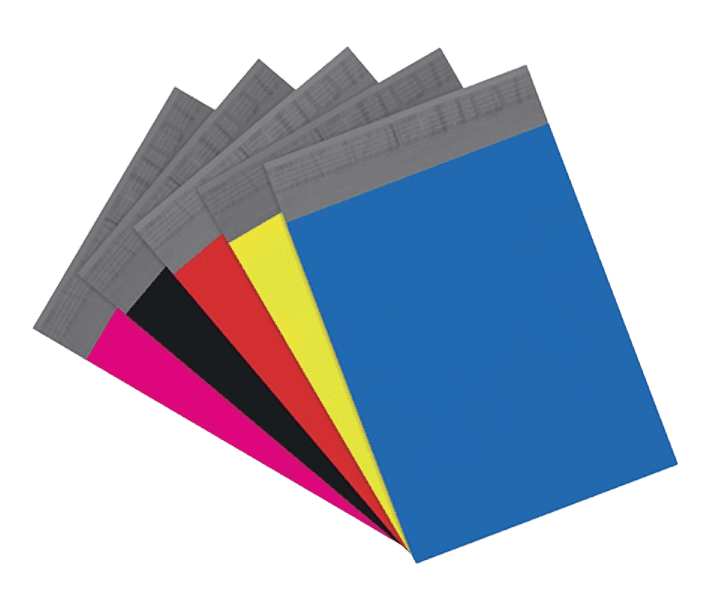
Use Multi-Functional Packaging
Multi-functional packaging can be a cost-effective option for small businesses. Packaging that can be repurposed, such as jars and tins, can provide customers with added value and reduce waste. For example, a candle sold in a reusable jar can be used to store small items after the candle has burned out.
Explore Alternative Suppliers
Instead of buying packaging supplies in bulk, another cost-saving option is to explore alternative suppliers. Look for local or online suppliers that offer competitive prices and deals, even if you’re not purchasing in bulk. Sometimes, smaller suppliers can provide more affordable options tailored to the needs of small businesses.

Simplify Your Packaging Process
Simplifying the packaging process can help reduce costs associated with labor and equipment. Using automated packaging equipment, for example, can help reduce labor costs and increase efficiency. Simplifying the packaging process can also reduce the risk of errors, leading to fewer returns and replacements.
Summary: Budget Friendly Packaging Options
In conclusion, packaging is an essential aspect of any business that can significantly impact a product’s success. However, small businesses with limited budgets can find it challenging to invest in high-quality packaging. Fortunately, there are many cost-effective packaging options available that can help small businesses create effective packaging solutions.
By considering options such as using reusable and lightweight materials, minimalist labeling, multi-functional packaging, and simplifying the packaging process, small businesses can reduce costs without compromising on quality. With these budget-friendly packaging options, small businesses can enhance their products’ presentation, protect them during transit, and create a positive customer experience, all while maintaining their bottom line.
If you are interested in packaging solutions to fit your budget, then partner with Brown Packaging today to get started.
Corrugated board comes in multiple flute sizes and wall grades, each designed to balance strength, weight, and cost. Selecting the wrong grade can lead to
As tariff changes reshape global trade, packaging buyers moving production from China to the U.S. or nearshore regions face a new challenge: supplier qualification. Transitioning
With new tariff proposals and continued trade uncertainty, 2026 is shaping up to be another pivotal year for packaging sourcing strategy. Many companies that shifted
Following multiple rounds of tariff changes and trade policy adjustments, 2026 marks a turning point for U.S. packaging buyers. Many who previously transitioned from China
Shifting packaging production from China to the U.S. can help stabilize costs, reduce tariff exposure, and shorten lead times. But the transition process requires careful
RSC boxes are known for their efficiency and versatility, but their performance ultimately comes down to strength. Buyers often see numbers like ECT, BCT, and
Home » 9 Budget-Friendly Packaging Options for Small Businesses
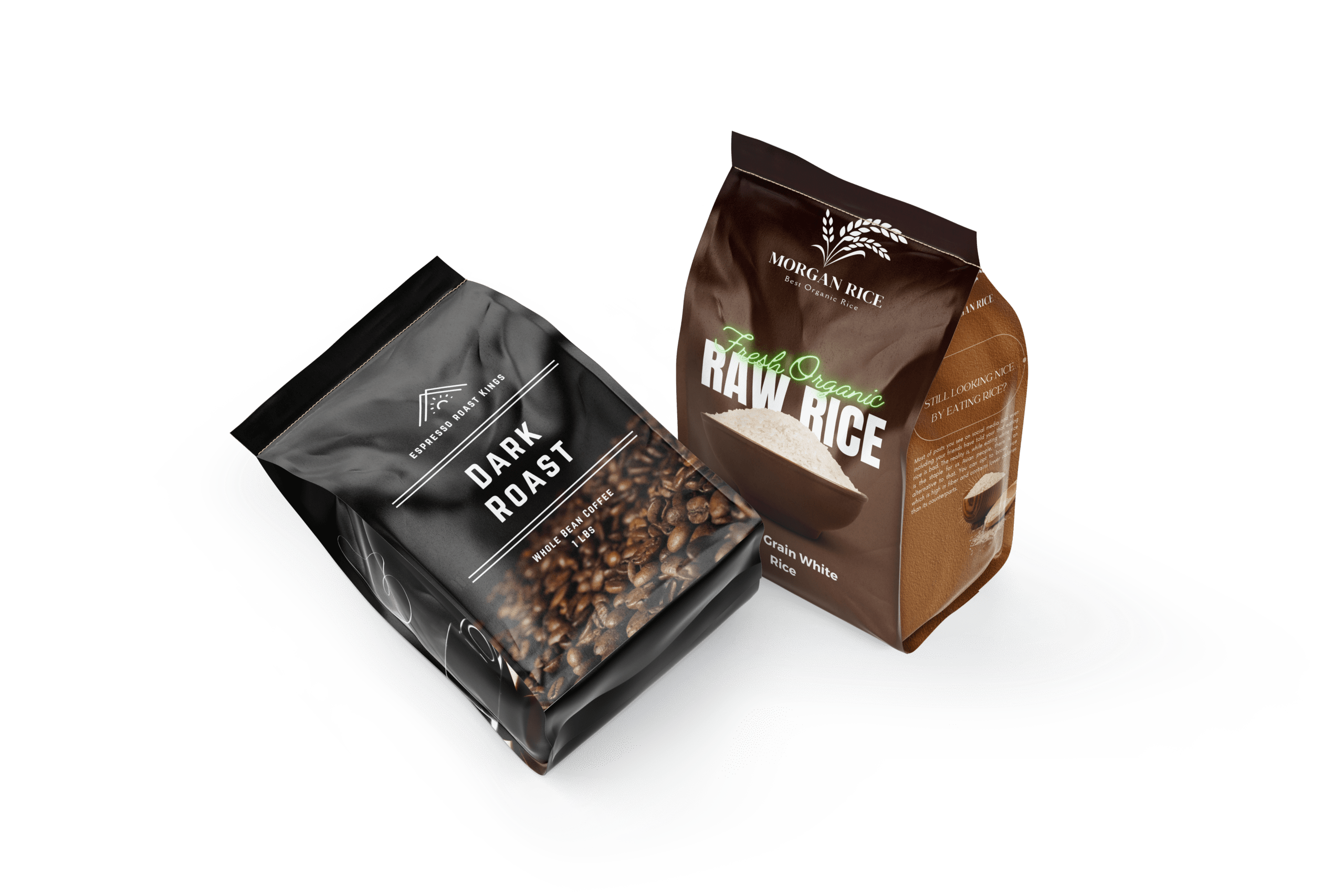
Custom pouch packaging is one of the most flexible, lightweight, and brand-forward packaging formats on the market today. From snacks and supplements to beauty and
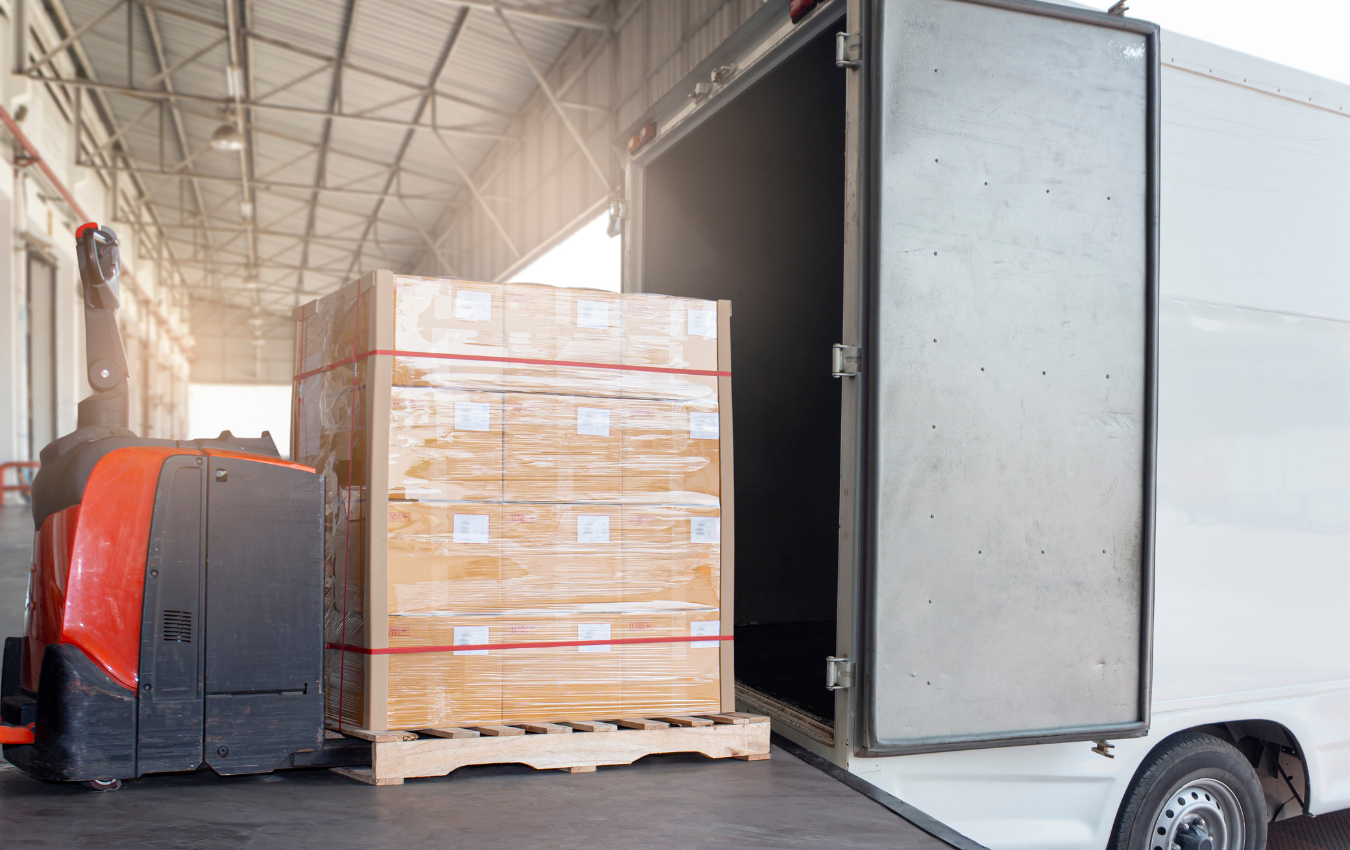
In shipping large quantities of goods, ensuring the safety and stability of pallet loads is paramount. Edge protectors play a vital role in protecting palletized
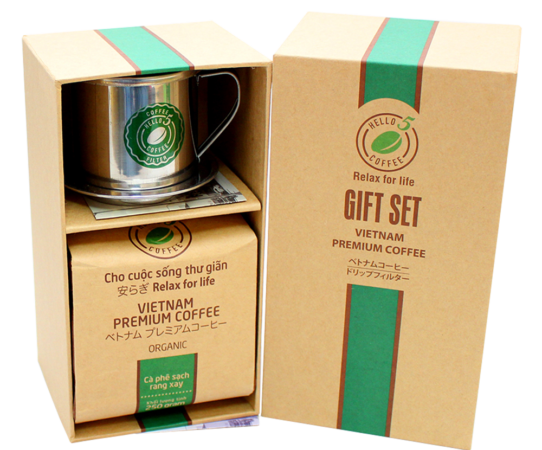
During the holiday season, packaging does more than protect—it directly influences how recipients perceive the gift inside. For e-commerce buyers, the right packaging design can


